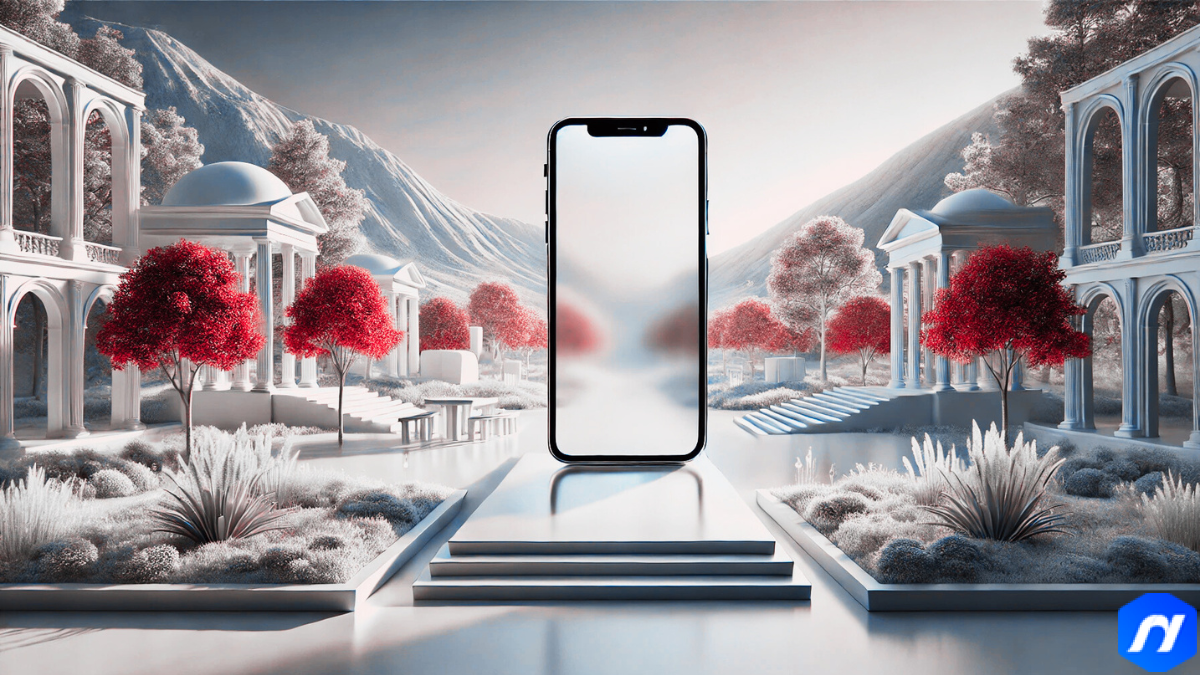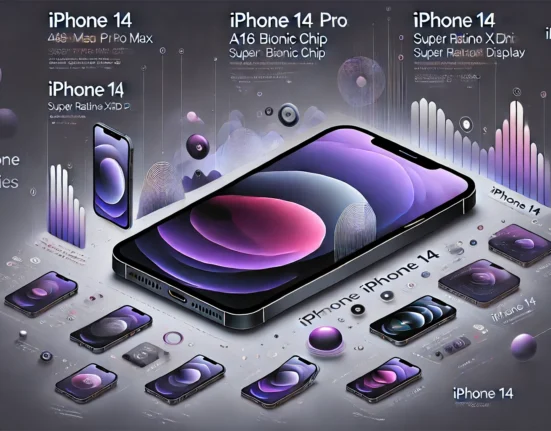Since its debut in 2007, the Apple iPhone has redefined the smartphone industry, setting new standards for design, functionality, and user experience. From the original iPhone to the latest iPhone 15 Pro Max, Apple’s flagship device has consistently pushed the boundaries of innovation. This guide takes you on a journey through the evolution of the iPhone, its impact on technology, and what the future holds.
The Evolution of the iPhone
1. The Original iPhone (2007)
- Key Features:
- Multi-touch display.
- 2MP camera.
- iPod integration.
- Impact: Revolutionized mobile communication and app ecosystems.
2. iPhone 3G (2008)
- Key Features:
- 3G connectivity.
- App Store launch.
- Impact: Made apps accessible to millions, sparking a developer gold rush.
3. iPhone 4 (2010)
- Key Features:
- Retina Display.
- Front-facing camera.
- Glass and stainless steel design.
- Impact: Set new benchmarks for screen quality and design.
4. iPhone 5 (2012)
- Key Features:
- Larger 4-inch display.
- Lightning connector.
- Impact: Introduced a taller screen, influencing future smartphone designs.
5. iPhone 6 (2014)
- Key Features:
- Larger screens (4.7″ and 5.5″).
- Apple Pay.
- Impact: Popularized phablets and mobile payments.
6. iPhone X (2017)
- Key Features:
- Edge-to-edge OLED display.
- Face ID.
- No Home button.
- Impact: Redefined smartphone design and biometric security.
7. iPhone 12 (2020)
- Key Features:
- 5G connectivity.
- Ceramic Shield.
- MagSafe.
- Impact: Brought 5G to the masses and introduced magnetic accessories.
8. iPhone 15 (2023)
- Key Features:
- USB-C port.
- Dynamic Island.
- Titanium design (Pro models).
- Impact: Standardized charging and enhanced durability.
The iPhone’s Impact on Technology
1. App Ecosystem
- App Store: Over 2 million apps, generating billions in revenue for developers.
- Industries Transformed: Gaming, social media, e-commerce, and more.
2. Design Trends
- Sleek Aesthetics: Inspired competitors to prioritize premium materials.
- User Experience: Set standards for intuitive interfaces.
3. Mobile Photography
- Camera Innovations: Night mode, Portrait mode, and ProRAW.
- Social Media: Enabled the rise of platforms like Instagram and TikTok.
4. Connectivity
- 5G Adoption: Accelerated global rollout of high-speed networks.
- Ecosystem Integration: Seamless connectivity with Apple Watch, AirPods, and Mac.
The Future of the iPhone
1. Foldable iPhones
- Rumors: Apple is exploring foldable designs for future models.
- Potential Impact: Redefining screen real estate and portability.
2. Advanced AI
- Siri Upgrades: More natural, context-aware interactions.
- On-Device AI: Enhanced privacy and faster processing.
3. Augmented Reality (AR)
- AR Glasses: Rumored integration with iPhone for immersive experiences.
- ARKit: Expanding developer tools for AR apps.
4. Sustainability
- Recycled Materials: Increasing use in manufacturing.
- Carbon Neutrality: Apple’s goal for a net-zero carbon footprint by 2030.
FAQs About the iPhone
Q: What was the first iPhone?
A: The original iPhone, released in 2007.
Q: How has the iPhone changed over the years?
A: From a basic phone to a powerful, multifunctional device with advanced cameras, AI, and 5G.
Q: What’s next for the iPhone?
A: Foldable designs, AR integration, and sustainability initiatives.
Q: Why is the iPhone so popular?
A: Its seamless ecosystem, innovative features, and premium design.
Conclusion
The Apple iPhone’s journey is a testament to relentless innovation and excellence. From its humble beginnings to its status as a cultural icon, the iPhone has transformed how we communicate, work, and play. As Apple continues to push boundaries, the future of the iPhone promises even more groundbreaking advancements.
Call to Action: Share your favorite iPhone memory with #iPhoneJourney or explore our Best iPhone Accessories guide!







Leave feedback about this